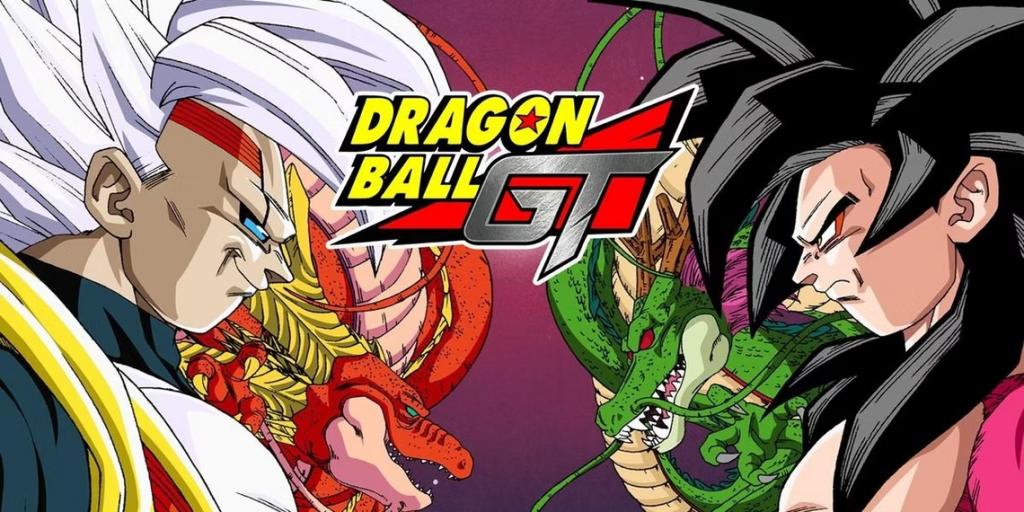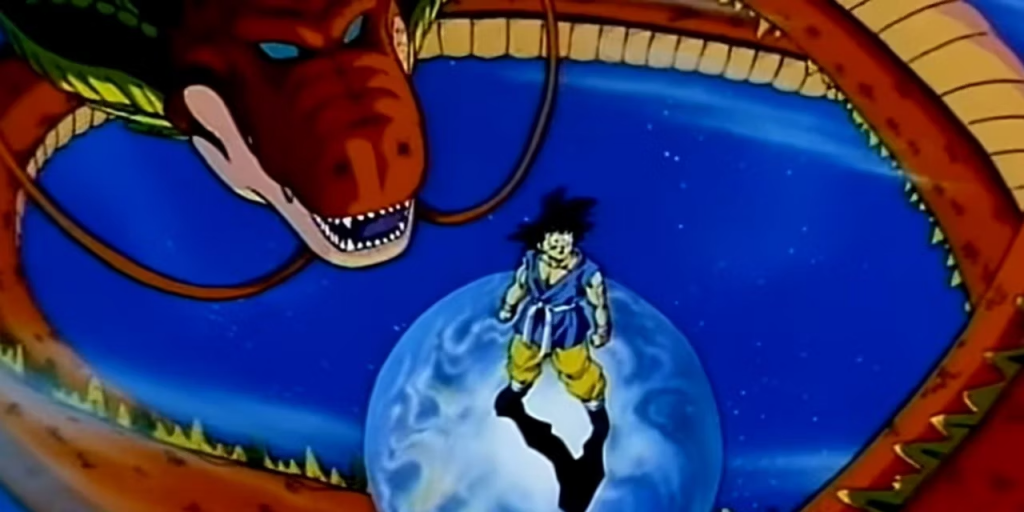
With the immense popularity of Dragon Ball Super and the current success of its latest movie, many fans may ponder whether it’s worth delving back into the original sequel to Dragon Ball Z, namely Dragon Ball GT.
To fully appreciate the significance of Dragon Ball GT, one must acknowledge the history of the Dragon Ball franchise. The journey began with the original Dragon Ball series, which made its debut on February 26, 1986, and swiftly became a sensation, laying the foundation for numerous shounen anime tropes that continue to influence the genre today. Following the monumental success of Dragon Ball, its sequel, Dragon Ball Z, premiered on April 26, 1989, further solidifying the franchise’s place in pop culture as one of the greatest action cartoons of all time.
Dragon Ball Z concluded on January 31, 1996, just a few months before it made its way to American TV screens on September 13, 1996. However, the absence of new Dragon Ball anime content would soon change. Dragon Ball Super emerged as the official sequel to Dragon Ball Z, delving into events that occurred both before and after the final episode of its predecessor, leading to speculations of retcons in the franchise’s timeline. But what many may not realize is that Dragon Ball GT had already been produced as a continuation of Goku’s adventures, offering fans an alternate path to explore. The question remains: What exactly is Dragon Ball GT, and is it worth investing time in?
Dragon Ball GT, which premiered in Japan on February 7, 1996, merely a week after Dragon Ball Z’s conclusion, marked a departure from its predecessors. Unlike the previous two shows, GT was not directly based on any manga created by Akira Toriyama, the mastermind behind the Dragon Ball universe. Toriyama’s involvement in the series was limited to approving certain storylines and designing a few of the villains. Having dedicated 11 years to writing and working on Dragon Ball, Toriyama felt it was time to take a well-deserved break. Nevertheless, the franchise’s popularity convinced Toei Animation, the animation studio behind the series, to push for the creation of their own sequel, Dragon Ball GT (Grand Tour), effectively continuing the saga from where Toriyama had left off.

In Dragon Ball GT, the story follows Goku, who, through a series of events involving the Black Star Dragon Balls, finds himself transformed into a child. Determined to regain his adult form, Goku embarks on a cosmic quest alongside Trunks and Pan to locate the scattered Black Star Dragon Balls. Along their journey, they encounter new adversaries, unlock fresh power-ups, and ultimately culminate the series with a poignant and touching final episode.
The series spanned 64 episodes and even inspired an infamous video game for the Sony PlayStation. While Dragon Ball GT’s run was relatively short, it gained notoriety on internet message boards as the one Dragon Ball series that, at the time, was not legally available in the United States. This led to extensive debates among fans regarding the quality of the series and its impact on the Dragon Ball franchise as a whole.
When it comes to assessing the quality of Dragon Ball GT, opinions vary, as is often the case with subjective matters. However, the general consensus leans towards a less favorable view. There are several reasons for this sentiment. Many viewers found the series to be tonally inconsistent, struggling to replicate the lighthearted humor that characterized the original Dragon Ball while simultaneously failing to deliver captivating and exciting battle sequences. Goku’s regression to a child form also sparked controversy among fans who had grown accustomed to witnessing his growth into adulthood.
Furthermore, the series faced criticism for its largely forgettable roster of villains, though it should be noted that Baby, one of the antagonists, was a notable exception to this trend. On a positive note, Dragon Ball GT received acclaim for its music, particularly the opening theme “Dan Dan Kokoro Hikareteku” performed by Field of View, often hailed as the best opening in the Dragon Ball franchise and even considered one of the greatest anime openings of all time. The ending songs, “Hitori Ja Nai” and “Don’t You See,” also garnered significant praise and continue to be covered by various J-pop artists to this day.

Overall, the reception of Dragon Ball GT has been mixed, with its struggles in ratings from the outset. Interestingly, there are claims that the series might have concluded earlier if not for the concurrent production of a video game. Allegedly, the studio extended the series to coincide with the release of the game. While one should generally approach quality judgments about shows with caution when considering marketing strategies, the fact that the series was prolonged to accommodate the game’s release does raise questions about the level of care and attention given to the show itself by the producers and showrunners.
In light of Dragon Ball GT’s de-canonization with the advent of Dragon Ball Super, which is widely regarded as superior in quality, fans’ perception of GT has somewhat softened. With a better alternative now available, the disdain that once enveloped GT has lessened. Many fans still hold reservations about its overall quality, but given the existence of Dragon Ball Super, it has become easier to approach Dragon Ball GT with a more relaxed and open-minded perspective. One can view it as a novelty series that no longer holds significant sway over the main Dragon Ball narrative. It possesses a certain reputation for valid reasons, and while it’s not necessary to consume the entire series, there’s no harm in sampling a few episodes out of curiosity, gaining insight into what the franchise looked like when its creator was not at the helm.
Drawing a parallel to the recently discovered lost American pilot of Sailor Moon, Dragon Ball GT can now be seen as a curiosity, a series that doesn’t inherently harm anyone. It may not appeal to everyone’s tastes, and the availability of a better alternative should provide solace. If one enjoys it, that’s great—more Dragon Ball content to savor. If not, well, that’s where Dragon Ball Super steps in, offering a different and arguably more satisfying viewing experience.
We bring out some of the most well-known Dragon Ball collection, all of which are available at reasonable costs. Visit our link now if you are interested in the Dragon Ball collection
Dragon Ball Z Car Floor Mats, Golden Vegeta Car Floor Mats, Anime Car Accessories
Dragon Ball Z Car Floor Mats, Whis Car Floor Mats, Anime Car Decoration


Zamasu,Ox-King,Korin,Mr.popo,Mr.Satan
